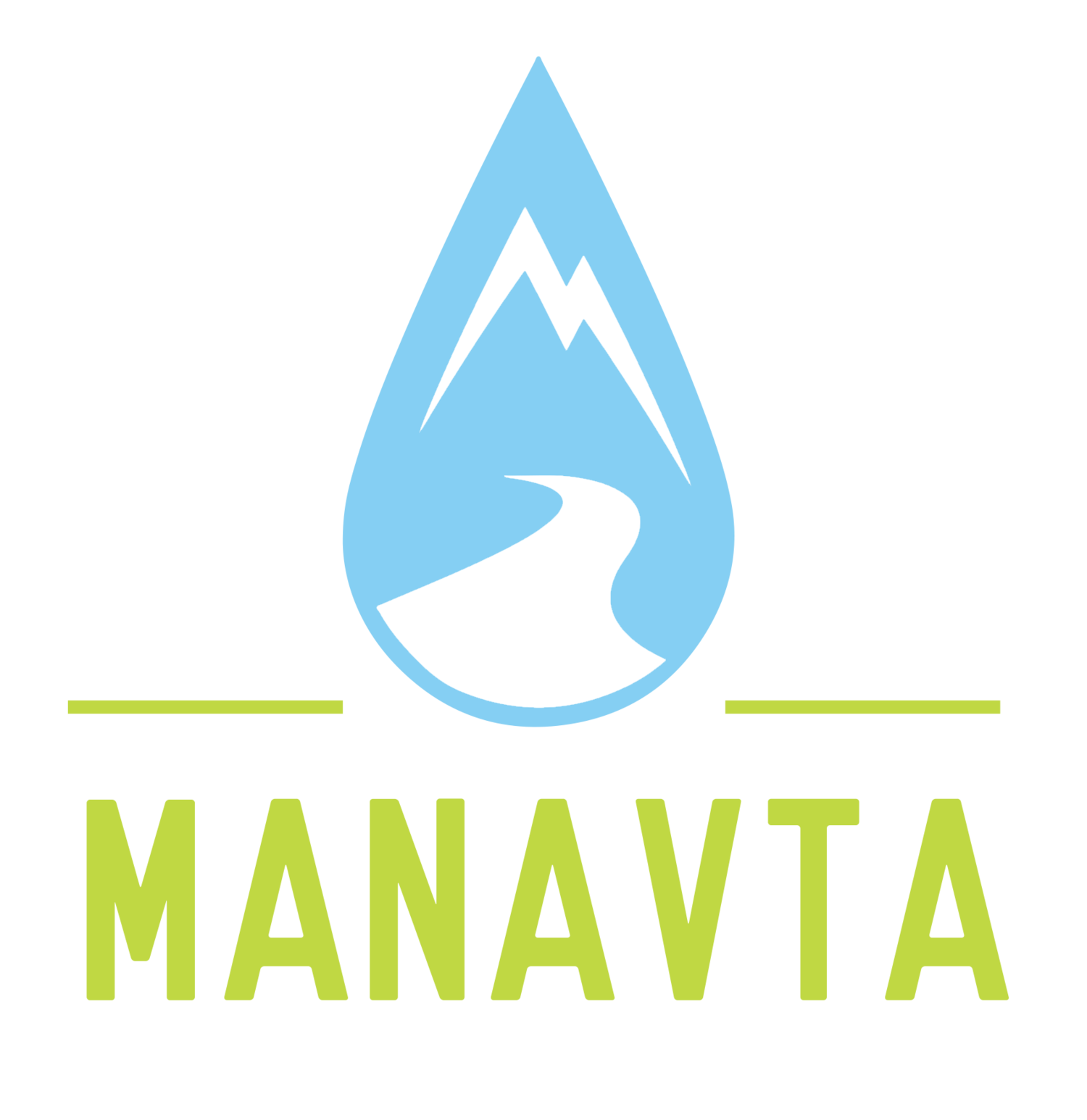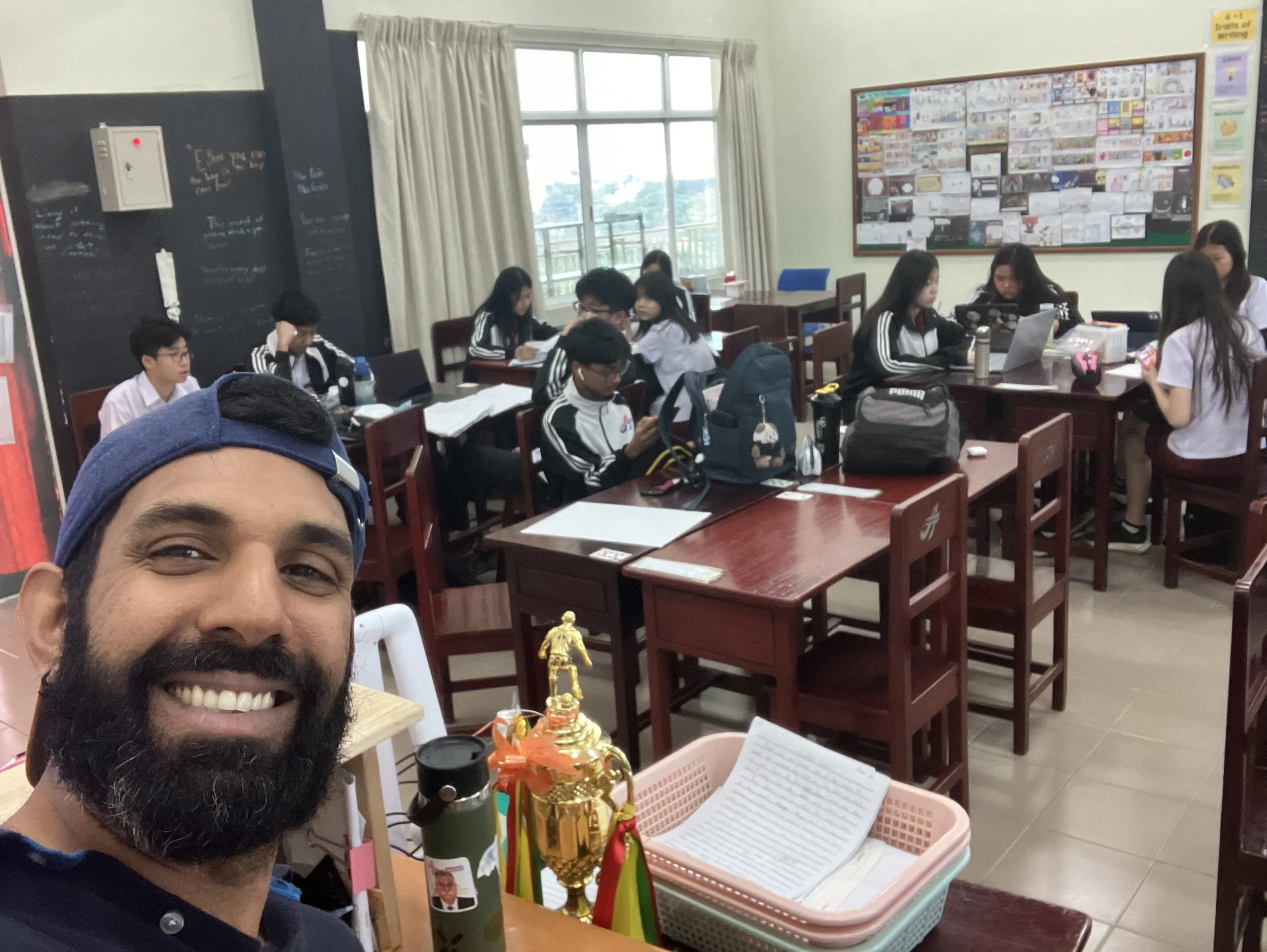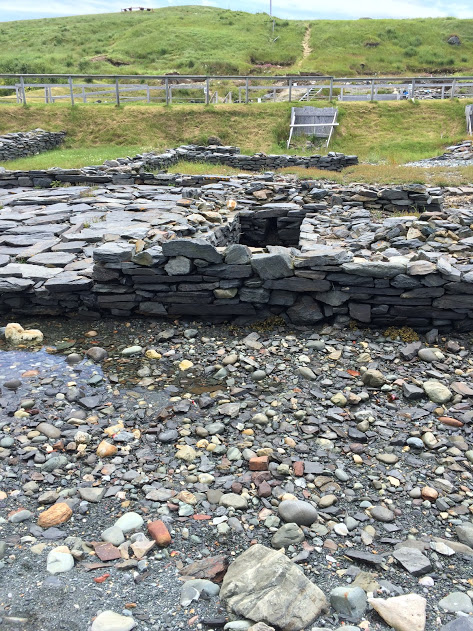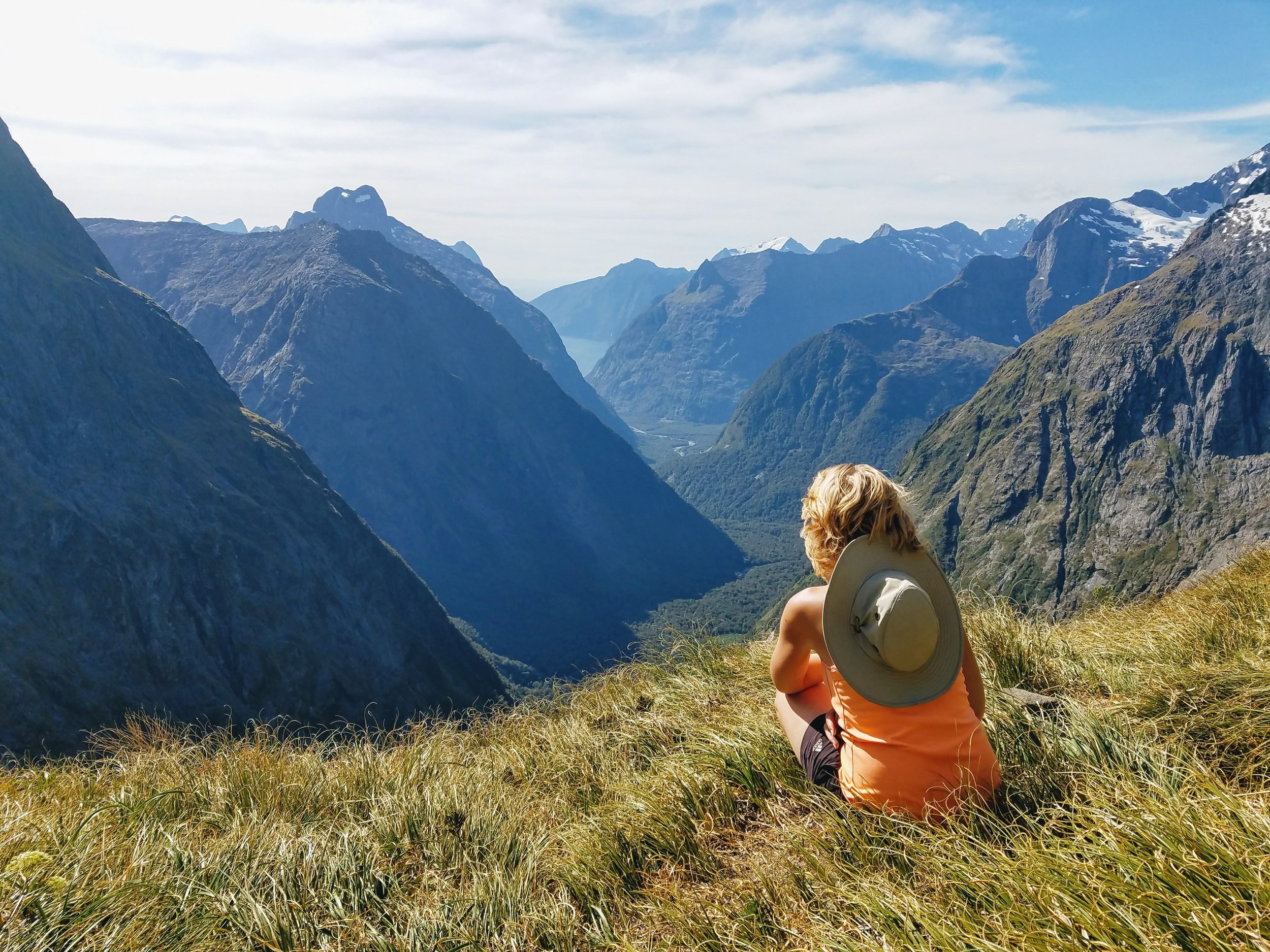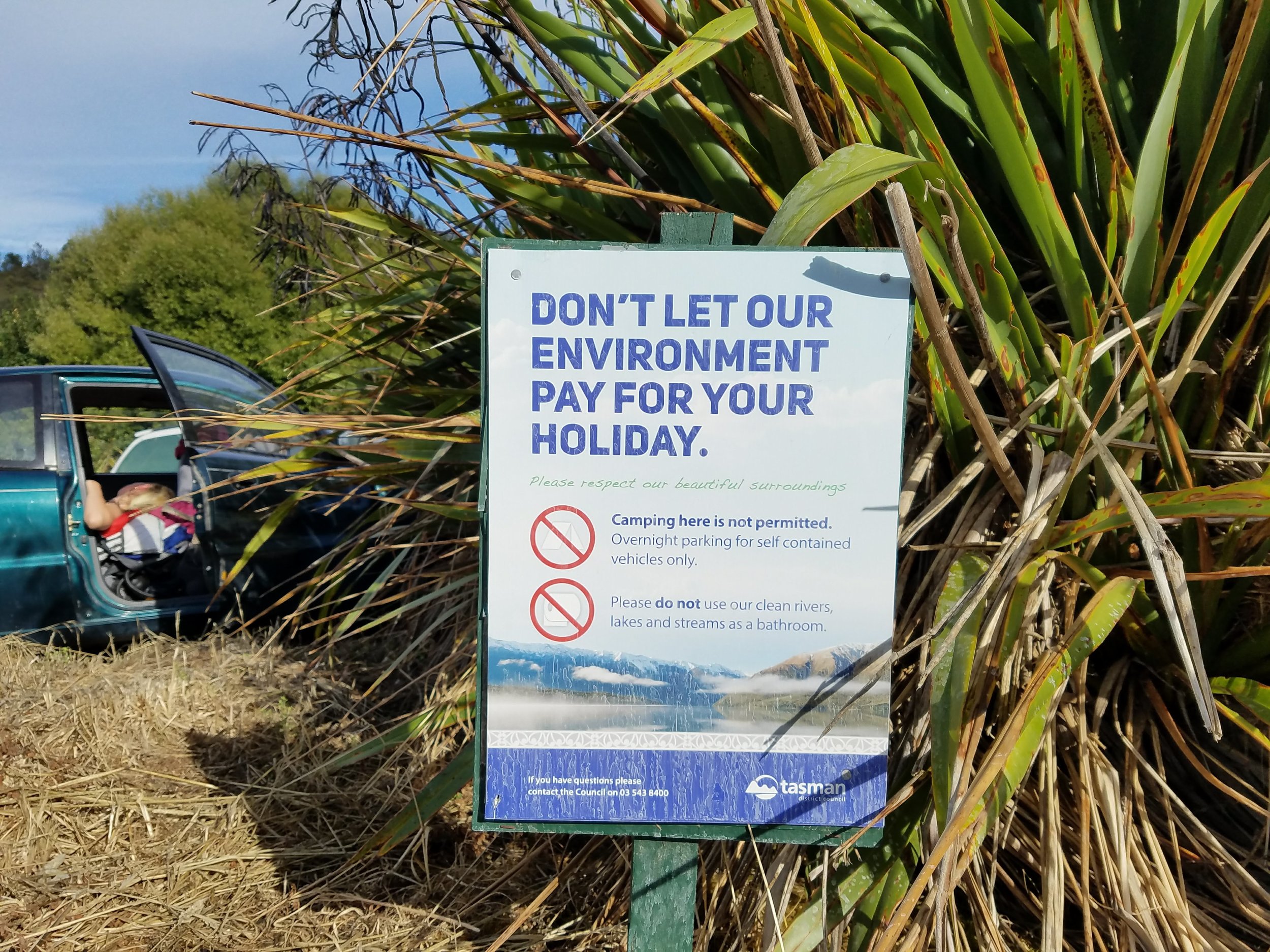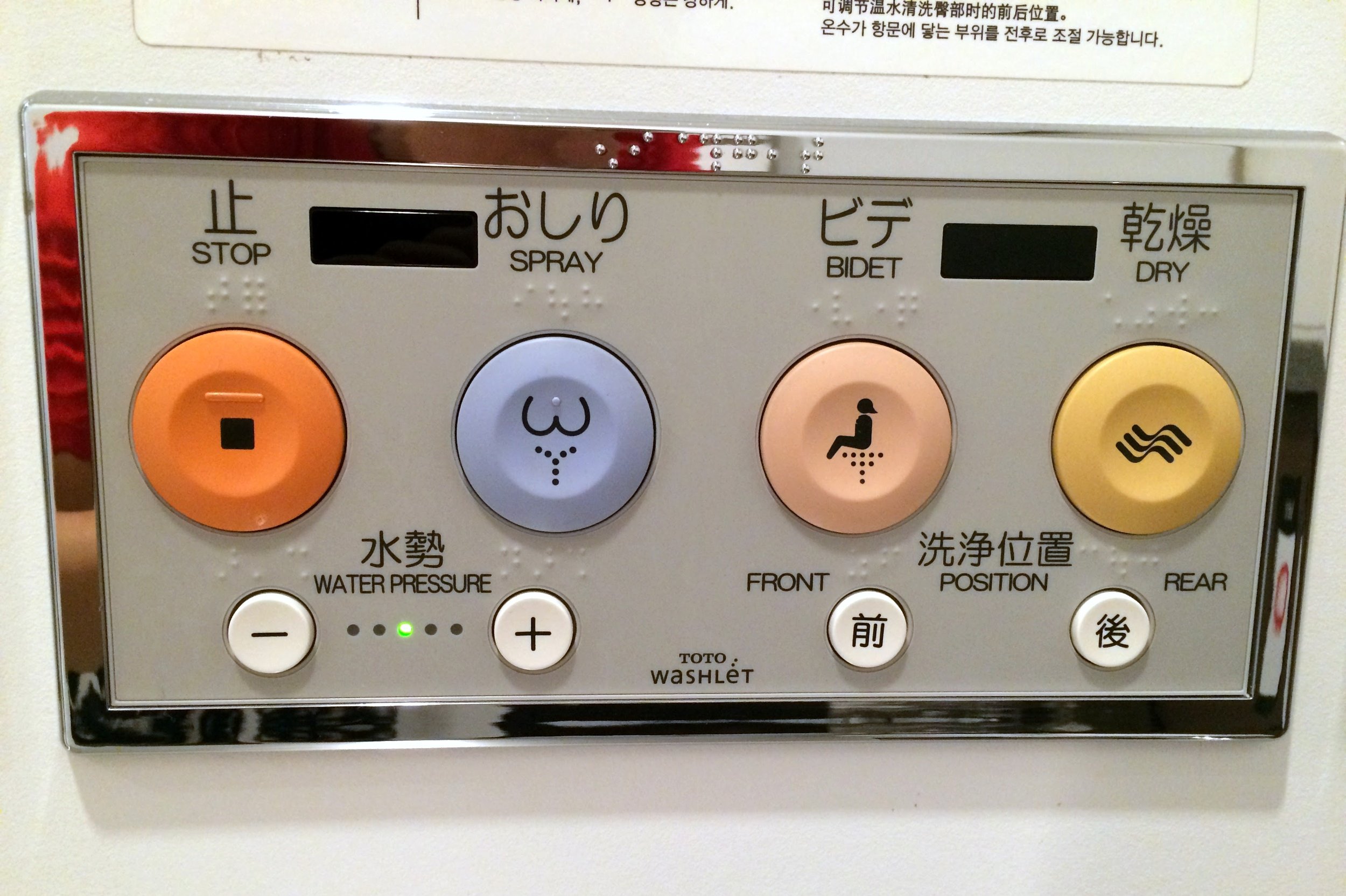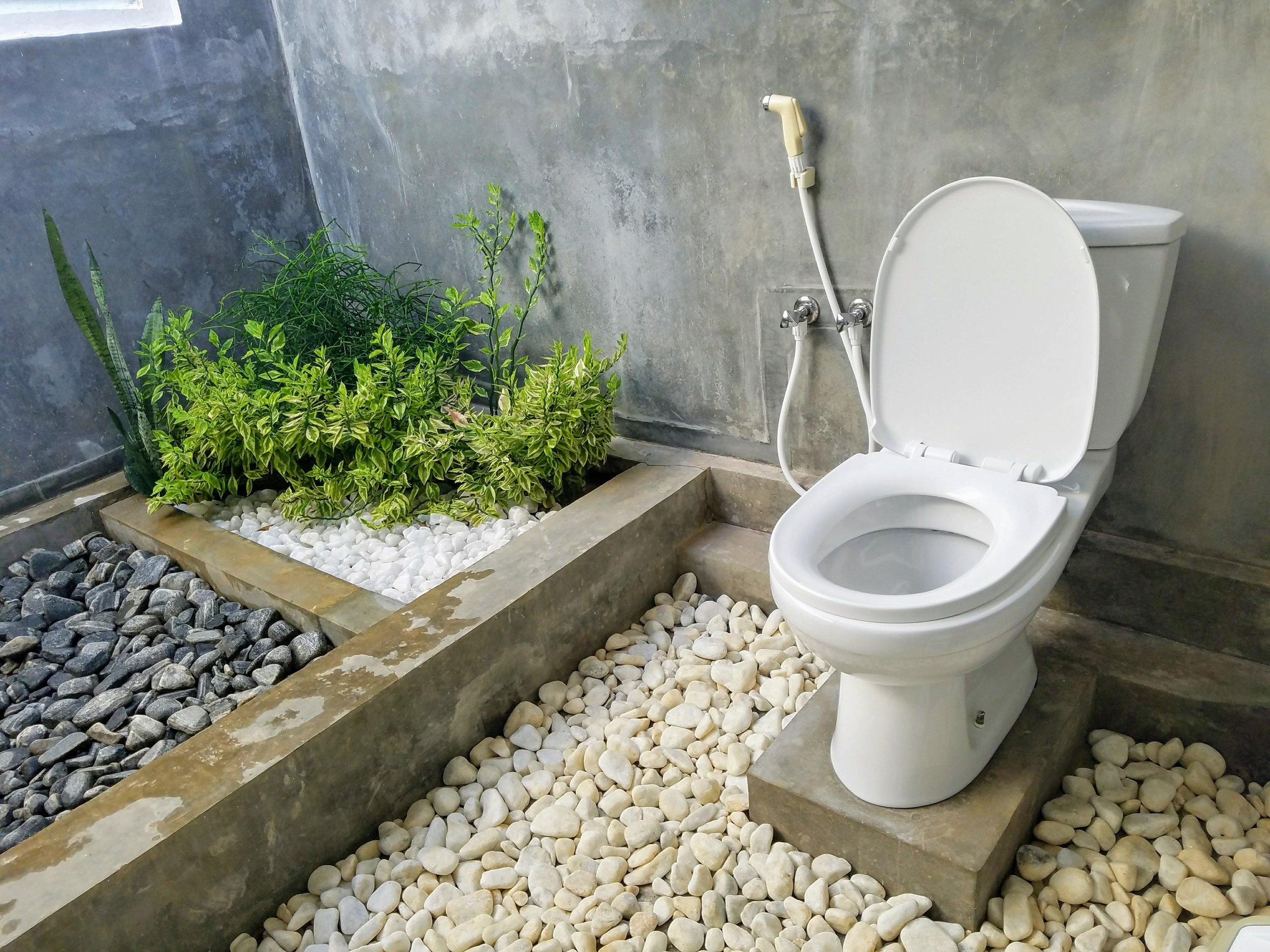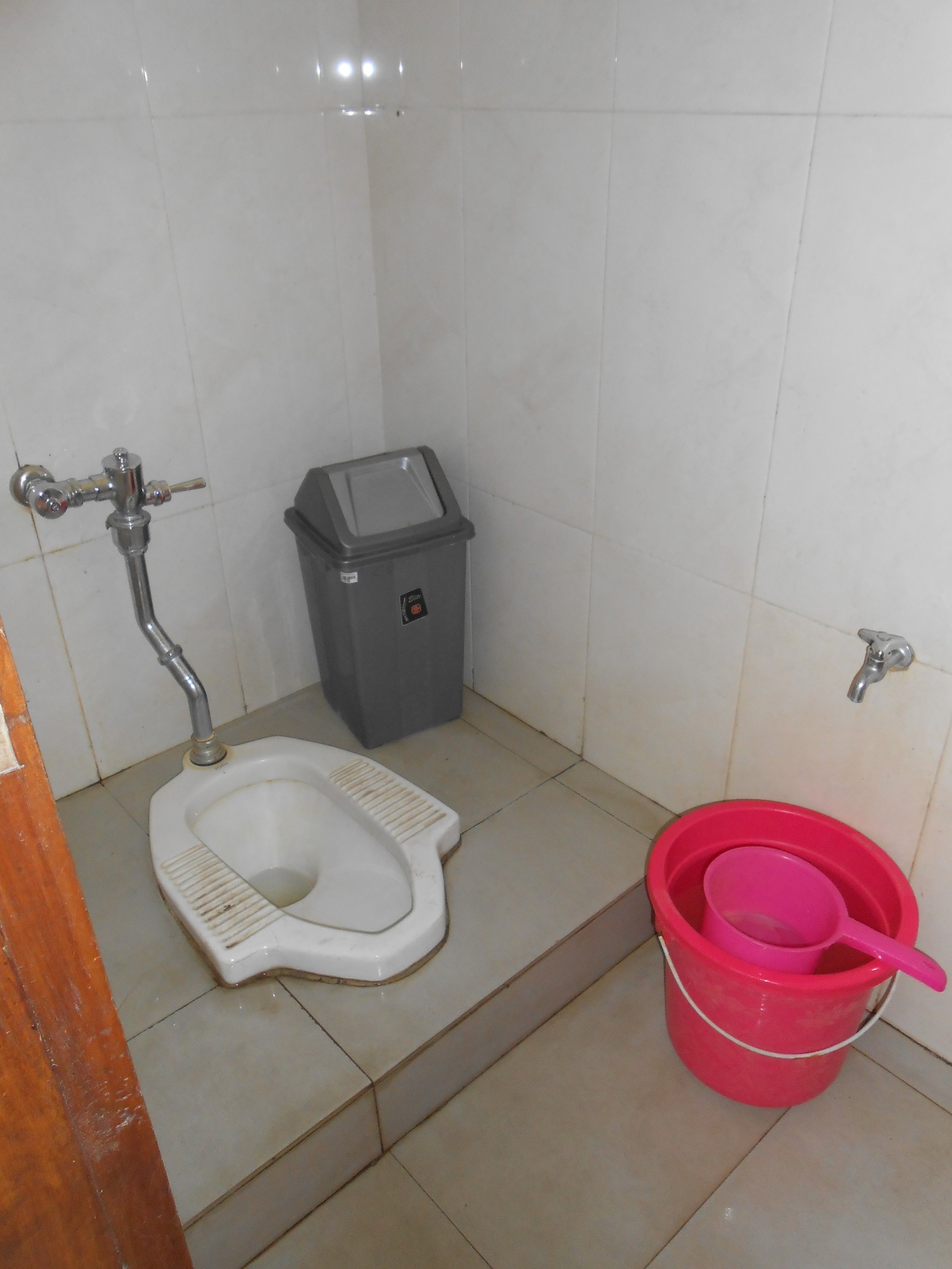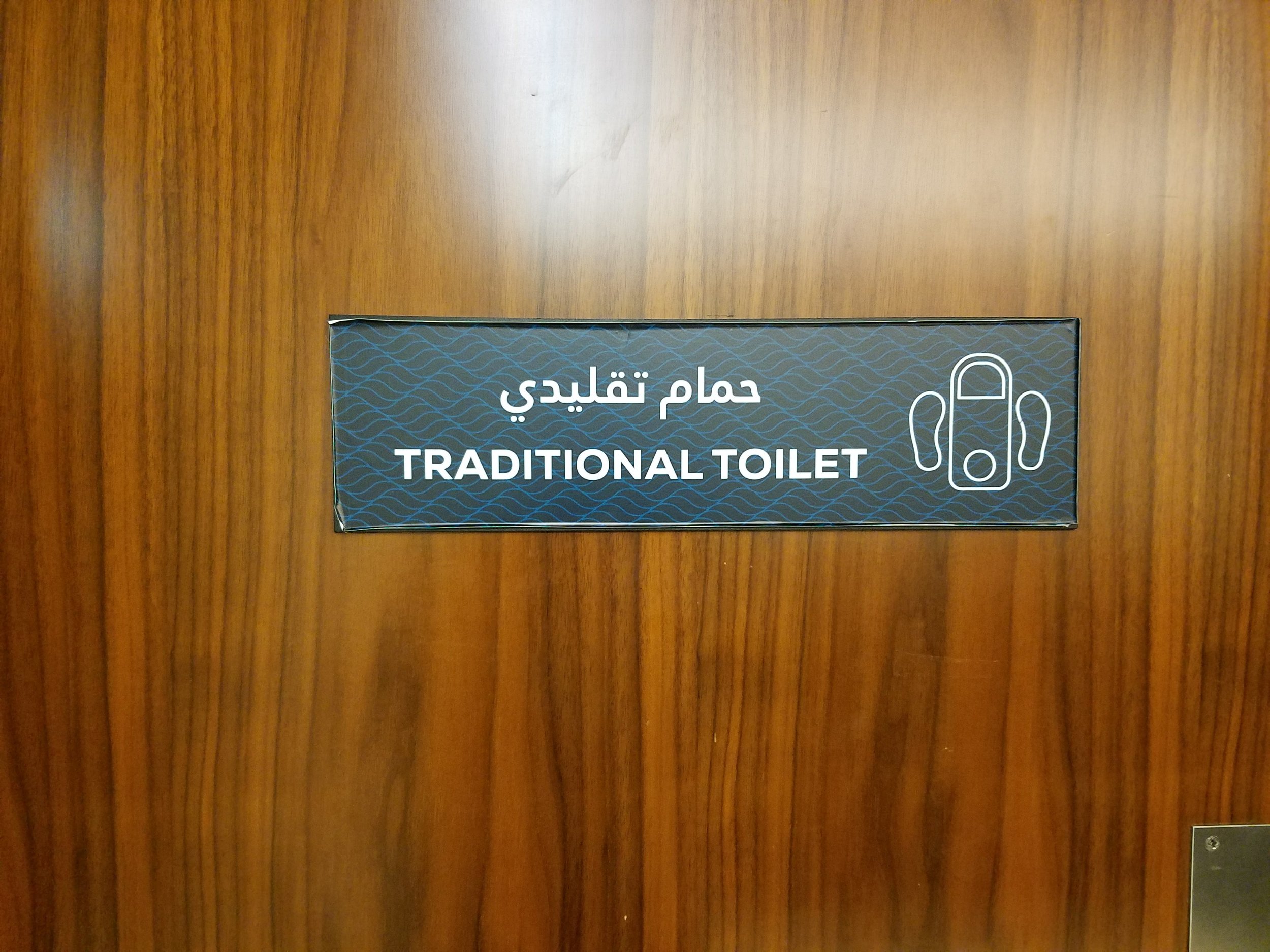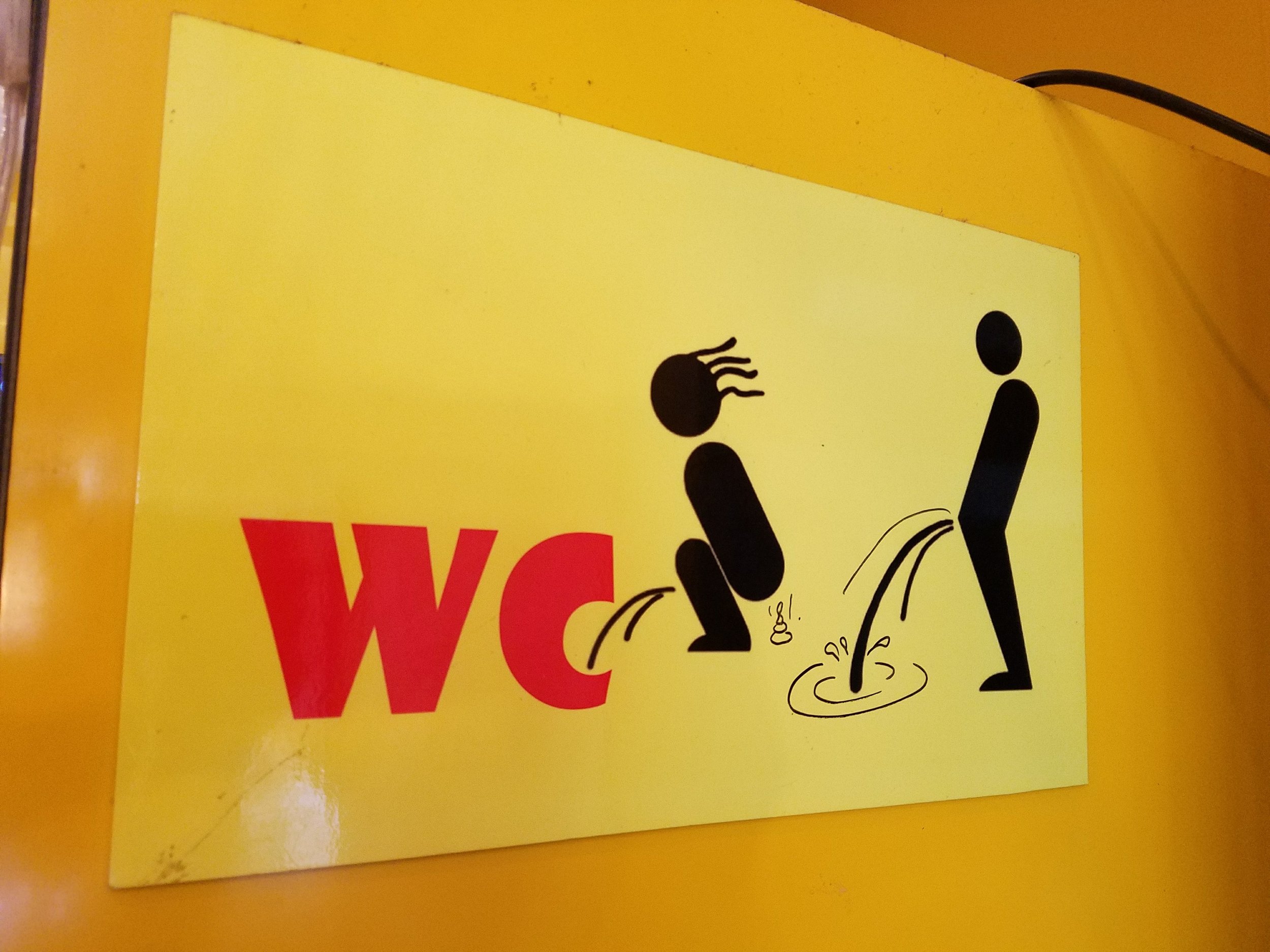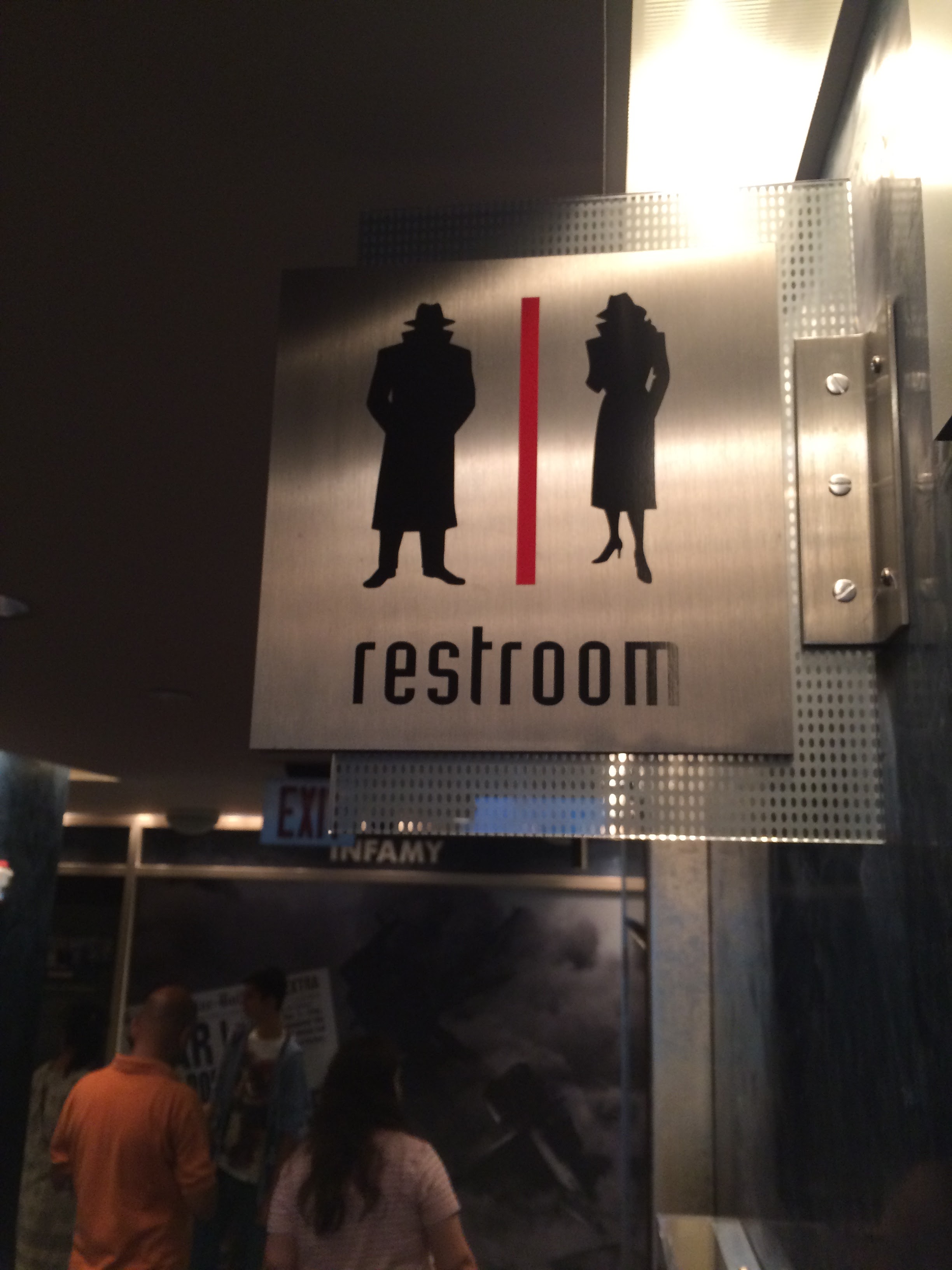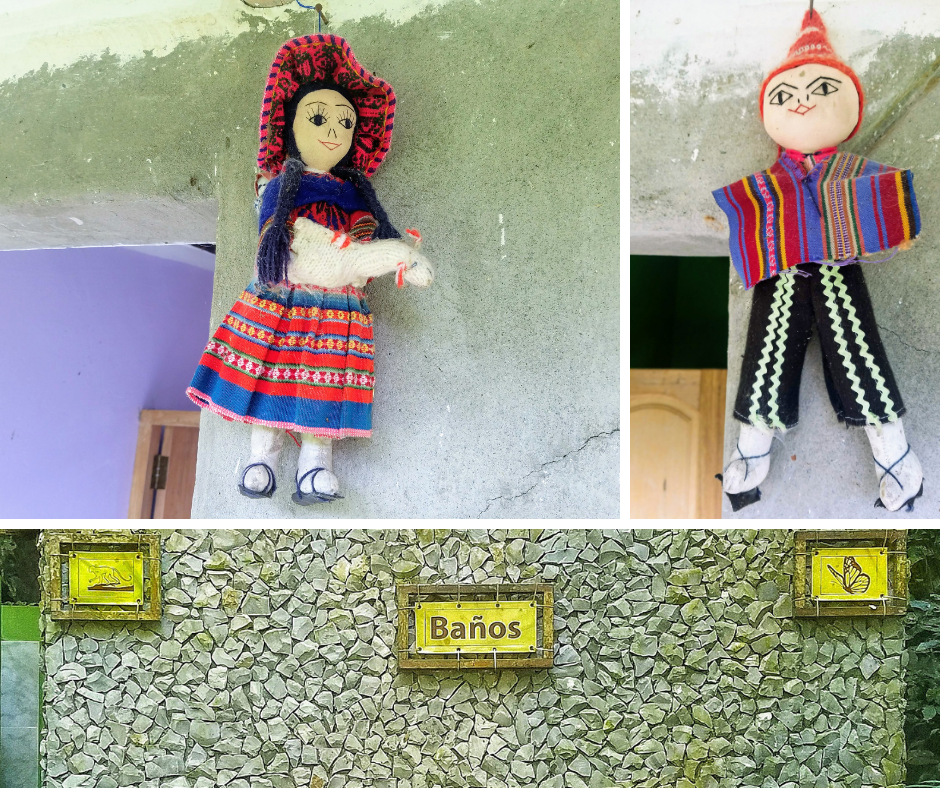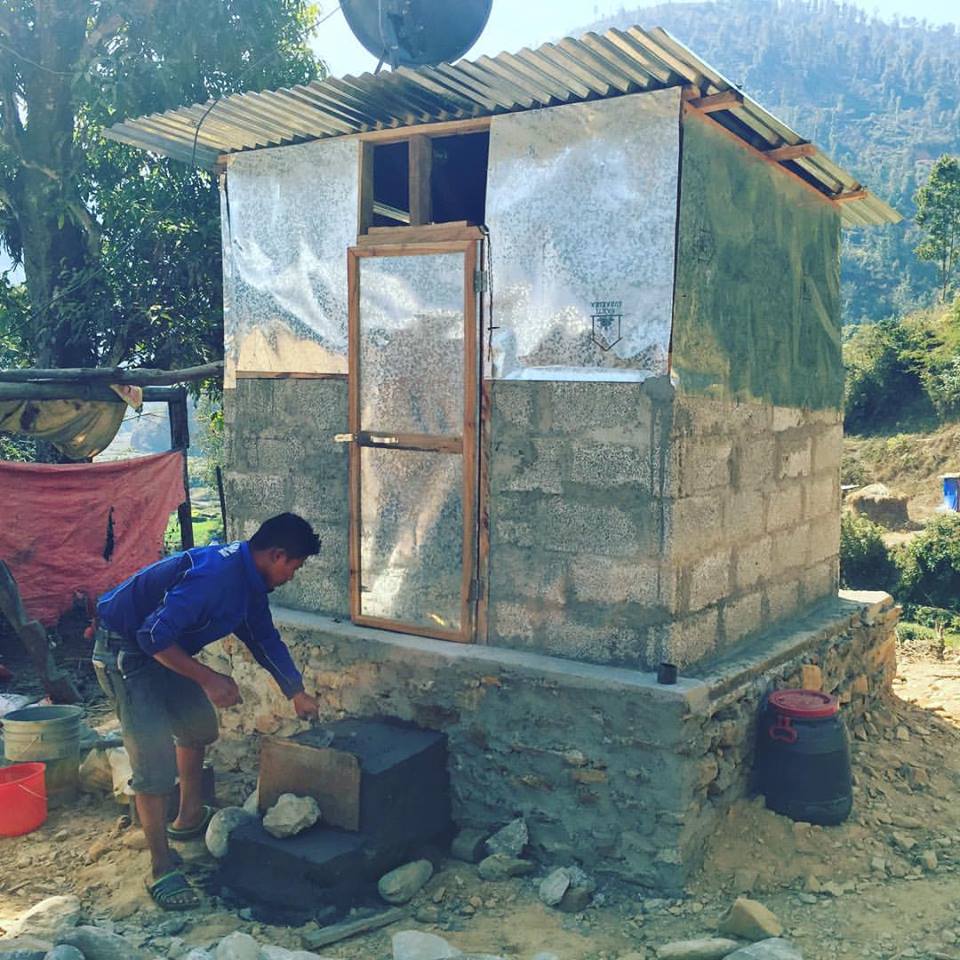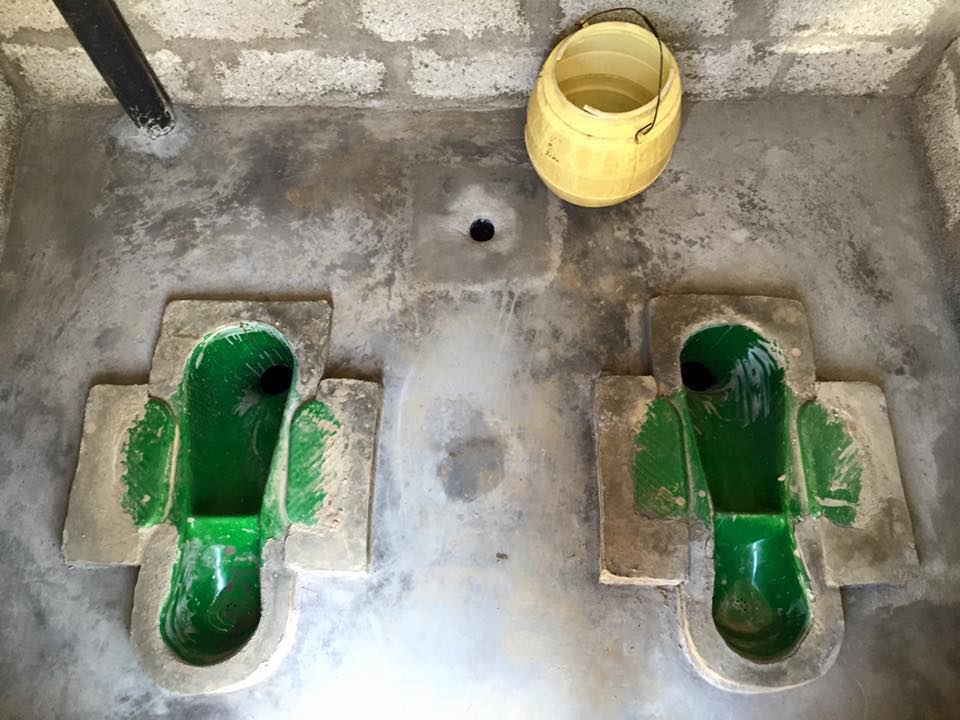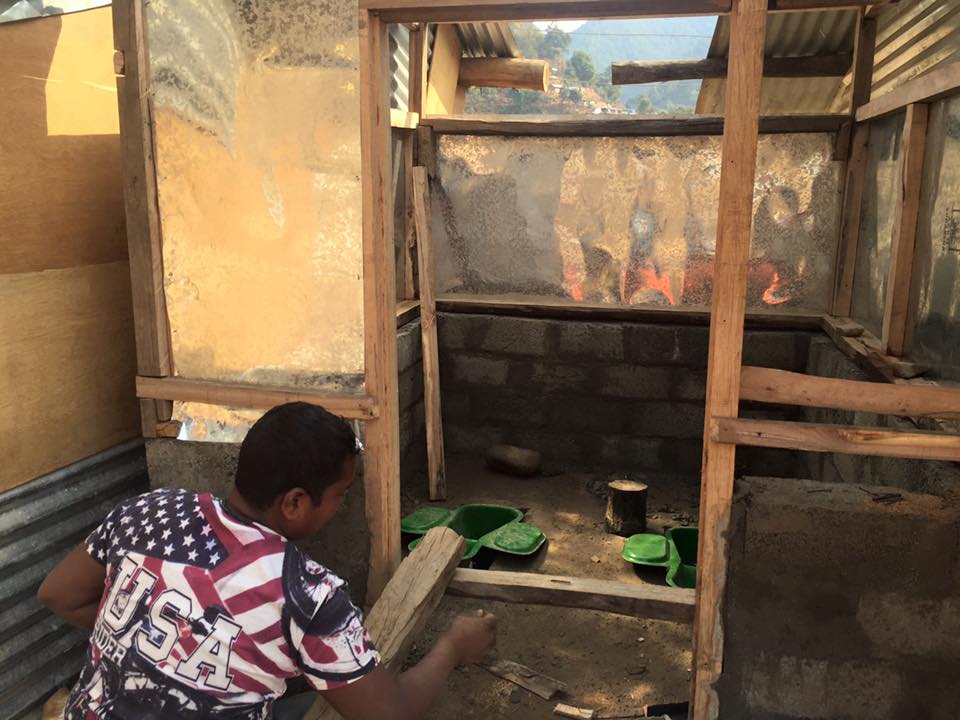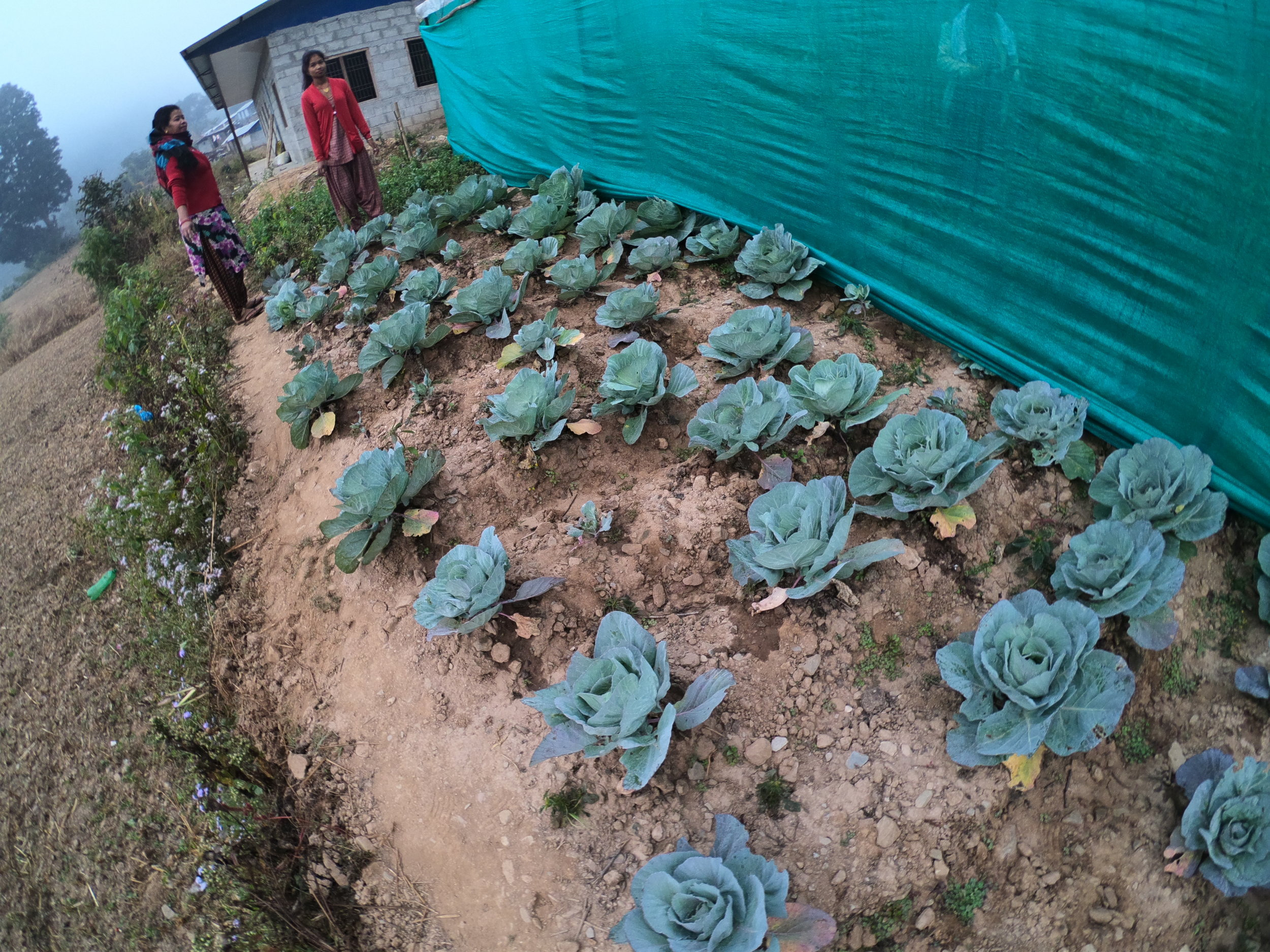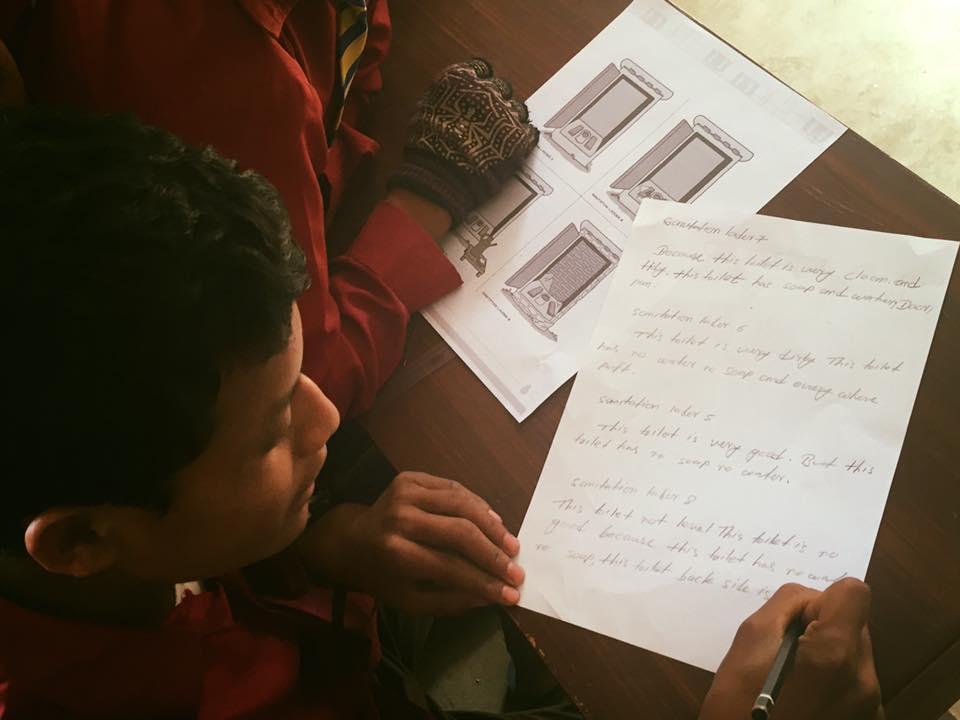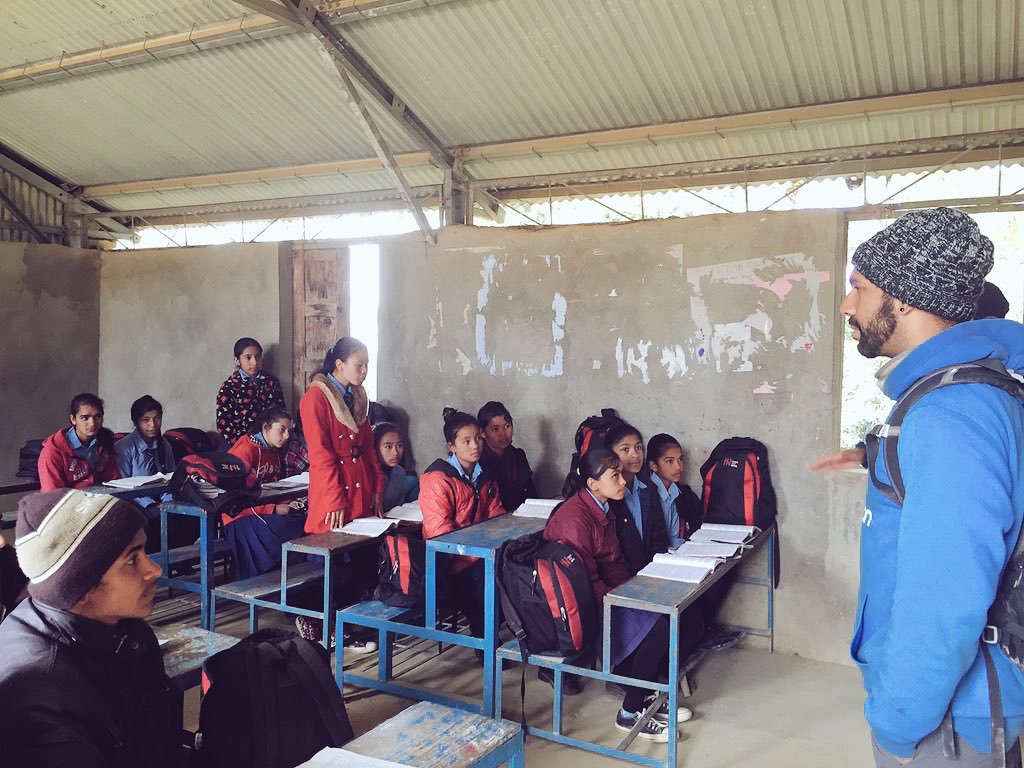Hello fellow shit disturbers,
Project Jholunge, Sindhupalchowk 2016
It’s Nabeel, Toilet Nerd and founder of Manavta. I’m excited to share that we’re heading back to Nepal this year. I’ve been meaning to write this for some time, to explain why Manavta paused for a moment, what those years taught me, and what we’re planning to accomplish moving forward.
Manavta has been part of my life for nearly 13 years and simply put, it started because too often I saw NGOs, even massive INGOs, working unethically: inflated budgets, foreign bureaucrats far removed from the ground, and infrastructure projects that looked good on paper but in reality crumbled over time.
Our mantra has always been: “Only a used toilet is worth building.”
From day one, I wanted Manavta to be ethical and grassroots. Supported by “shit disturbers” like you, who believe in doing the work, not just writing about it, and using local channels and resources to ensure that we empower the communities that we serve.
Balancing manavta and life
Running Manavta has been a rewarding experience. Nothing beats returning to a community and seeing kids using the toilets we helped build, and knowing that this is enabling them to stay in school. That’s the fuel that keeps me going.
Teaching in Myanmar, 2025
To make Manavta possible, I’ve had to juggle leading projects on the ground while also working full-time as a teacher to earn enough to take time off to do Manavta work, all the while trying to stay present for the people I love (shout out to my fam and friends).
My teaching career has taken me across the world: China, Egypt, Northern Canada, and most recently Myanmar. These experiences have shaped me deeply: I have been able to share about Manavta with students around the world and am also reminded on a daily basis about the importance of education.
Teaching has also allowed me to support myself financially, so my work with Manavta can continue. As you may know, we are a 100% volunteer-based organization, where
every dollar benefits our projects and social impact!
The Pause
When 2020 rolled around, I had just wrapped up three grueling trips to remote Jumla, setting up our project at Namuna School. If you know Nepal, you’ll understand: Kathmandu to Chandanath is roughly 900 km of unforgiving road. If you google the most dangerous roads in the world you will probably find YouTube videos of the Karnali Highway.
Days of sleepless bus rides, gut-wrenching bouts of food or water sickness, and the reality of trying to run it all largely on my own eventually caught up with me. I love adventure, and I’ll probably keep at it as long as I can, but by the time COVID hit and I was in Kathmandu under lockdown, I felt drained.
For the first time, I felt I needed a break. Though I did return to Namuna School in 2022 to see the completed project, I didn’t have the financial or mental capacity to take on something new. I was simply happy to bask in what is a huge win for Manavta in Jumla. Namuna School’s student population had almost doubled thanks to our toilets and being able to see dozens of kids using our facility throughout the day was a sight not lost on me.
Today, for the first time in years, I finally feel ready to get back on the ground and do some more good shit.
Job’s not finished
Now, I’m back in Nepal, recharged and ready to keep pushing.
Since Manavta began, global progress on sanitation (WASH) has been significant. Nepal’s government boldly declared itself “open defecation free” in 2019, boasting that 97% of the population had access to improved sanitation.
But the reality is more complicated. According to UNICEF, only 61.9% of schools in Nepal have at least one toilet facility. Of those:
35.9% rely on a shared/common toilet,
33.9% provide separate toilets for girls,
30.2% provide separate toilets for teachers.
These numbers matter. Because if a school doesn’t have safe, usable toilets, kids — especially girls — stop showing up.
And if kids stop showing up, the cycle of poverty keeps repeating. That’s where our work is still cut out for us.
Ashok Namuna School toilet before and after our project
This year, our goal is to return to the Jumla region to work alongside our partner NGOs to identify and support more communities in need, revamp our website to better fund future projects, and continue making noise to spread awareness about this global issue. Simply put we will continue to focus and emphasize on creating lasting impact where it’s needed most.
Manavta has never been about flashy projects or big budgets. It’s been about grassroots solutions, built with communities, for communities. It’s been about making sure the toilets we build are actually used, and the schools we support are actually stronger when we step away.
The work is unfinished, maybe it always will be and that’s why we need you. With your support, our fellow shit disturbers, we can keep pushing for real change where it matters most.
Join us, back us, and help us change the world one toilet at a time!
Much love,
Nabeel
